Lantana Plant Wilting: What To Do If A Lantana Bush Is Dying


Lantana plants are tough flowering annuals or perennials. They thrive in hot, sunny locations and are drought tolerant once established. Wilting lantana plants may simply need a bit more moisture than they are getting or there may be another underlying cause. If your lantana bush is dying, it is important to check the soil and get a good look at the plant to rule out any insect or disease issues. Lantanas are resilient plants with a full season's beautiful flowers but even the hardiest specimens can be prey to pest and disease problems or simply cultural inconsistencies.
Is My Lantana Dying?
Lantana plants are sun-loving plants with colorful flowers that undergo several hue changes as they mature. Many of the plants also produce bluish black fleshy fruits which can be poisonous in large quantities. If your lantana plant is drooping you may wonder, "is my lantana dying?" In most cases, the cause is easy to deduce and getting the plant back on track should just take a little time and TLC. It can often be hard to tell what is going wrong with an ailing plant. The proper situation for lantana plants is in full sun, in well-draining, organic rich soil and with average moisture. Wilting lantana plants may need a bit more water than you are giving them. While they are drought tolerant once mature, they still require deep watering from the base of the plant once per week in the summer. Container plants should have good drainage holes for excess water to leach out of. In the absence of good drainage, root rot is common and can cause a lantana plant wilting. Even if the plant is looking a bit peaked, it can still be salvaged by good watering practices and a soil change if the medium in which they grow doesn't drain well.
Common Causes of Lantana Plant Wilting
Pests
Whiteflies are common pests on lantana. They leave a sticky substance, called honeydew, which promotes the formation of sooty mold on leaves. If the plant's leaves are sticky or have blackish gray fungal growth on them, this could be the cause of wilting. The leaves should be washed clean and sprayed with horticultural soap to deter these flying pests. With consistent application and clean bursts of water, the plant should return to its robust self quickly. Leaf miners are also a common pest of lantana. The larvae live and feed within the leaves, reducing foliar health and may be why your lantana plant is drooping. The lantana lace bug is another insect pest that damages its foliage, causing discoloration and wilting or dropping of the plant. Many beneficial insects feed on lace bug pests. Insecticidal soap and neem oil sprays may also help.
Fungal diseases
Diseases are generally fungal. Excess moisture and warm temperatures encourage spore formation. Botrytis blight, a common ornamental fungal disease, causes drooping, discoloration, and can make it look like a lantana bush is dying. Prune out infected tissue and avoid overhead watering. Rust fungus also may be a problem.
Nutrient issues
Container plants will often recover if repotted. Choose a good potting soil and container with drainage holes. Sometimes plants do not have good root to soil contact and are not getting enough nutrition or moisture. Spread out the roots gently and press soil around them. Water after repotting. In-ground plants can be replanted as well. Check soil nutrient levels and adjust for drainage if the area is clay and tends to form puddles rather than percolate down to the roots of plants. Usually, if you work in a good amount of well-rotted compost or leaf litter into the soil, the drainage will improve while adding natural nutrients to feed the lantana. Iron deficiencies, lack of potassium, calcium, or phosphorus can cause leaf drooping. Test soil and use an appropriate fertilizer to amend nutrient deficiencies. Once soil is at a good level, provide water and keep an eye on the plant. In most cases, if nutrient levels have been adjusted, the plant will recover quickly.
Gardening tips, videos, info and more delivered right to your inbox!
Sign up for the Gardening Know How newsletter today and receive a free copy of our e-book "How to Grow Delicious Tomatoes".

Bonnie Grant is a professional landscaper with a Certification in Urban Gardening. She has been gardening and writing for 15 years. A former professional chef, she has a passion for edible landscaping.
-
 Terrifically Tubular Flowers For Hummingbirds: 9 Tube-Flowered Plants To Attract Hummers
Terrifically Tubular Flowers For Hummingbirds: 9 Tube-Flowered Plants To Attract HummersGrowing tubular flowers for hummingbirds helps you create the optimum feeding conditions for your winged friends. Here are nine tubed delights for hummers
By Tonya Barnett
-
 How To Grow Hydroponic Tomatoes For Fresh Indoor Harvests – No Soil Required
How To Grow Hydroponic Tomatoes For Fresh Indoor Harvests – No Soil RequiredLearning how to grow tomatoes in water is easy and allows you to harvest fresh-home-grown produce in every season without any mess.
By Ellen Wells
-
 Growing Lantana Indoors For The Winter
Growing Lantana Indoors For The WinterCan I bring Lantana inside for the winter? Well, click here to find out.
By Tonya Barnett
-
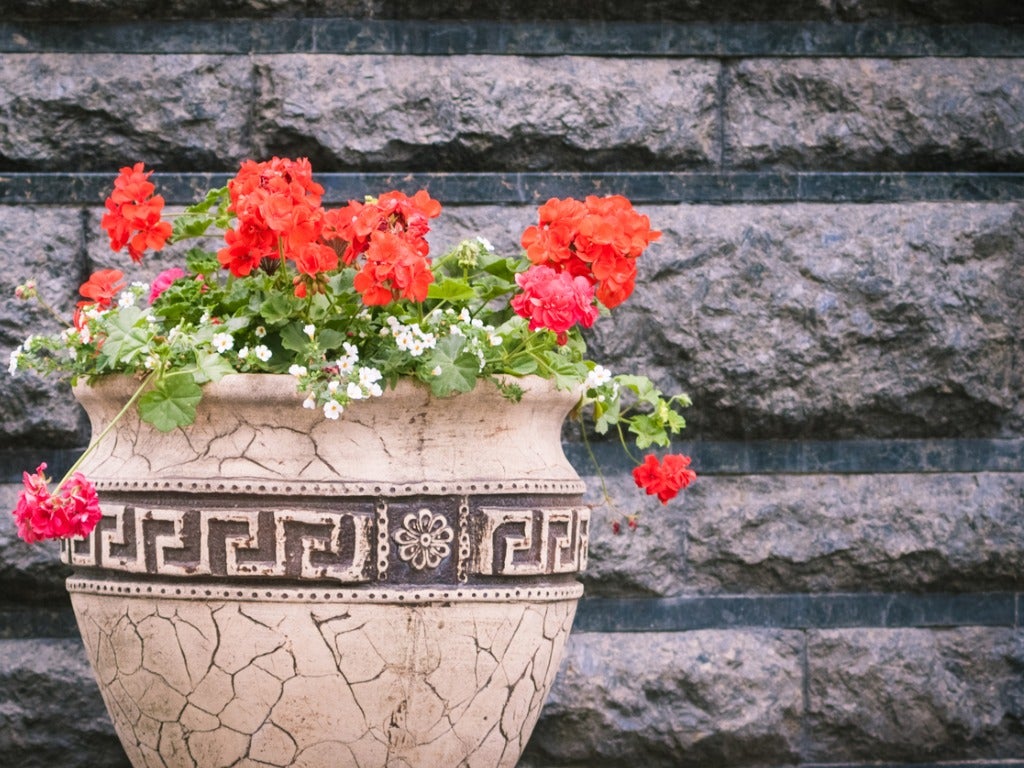 Repotting Lantanas: When And How To Repot Lantana Plants
Repotting Lantanas: When And How To Repot Lantana PlantsLantana is ideal for growing in containers or ornamental raised flower beds. With proper care, gardeners can enjoy the small showy flowers for many years to come. In doing so, learning how to repot lantana will be important. This article will help with that.
By Tonya Barnett
-
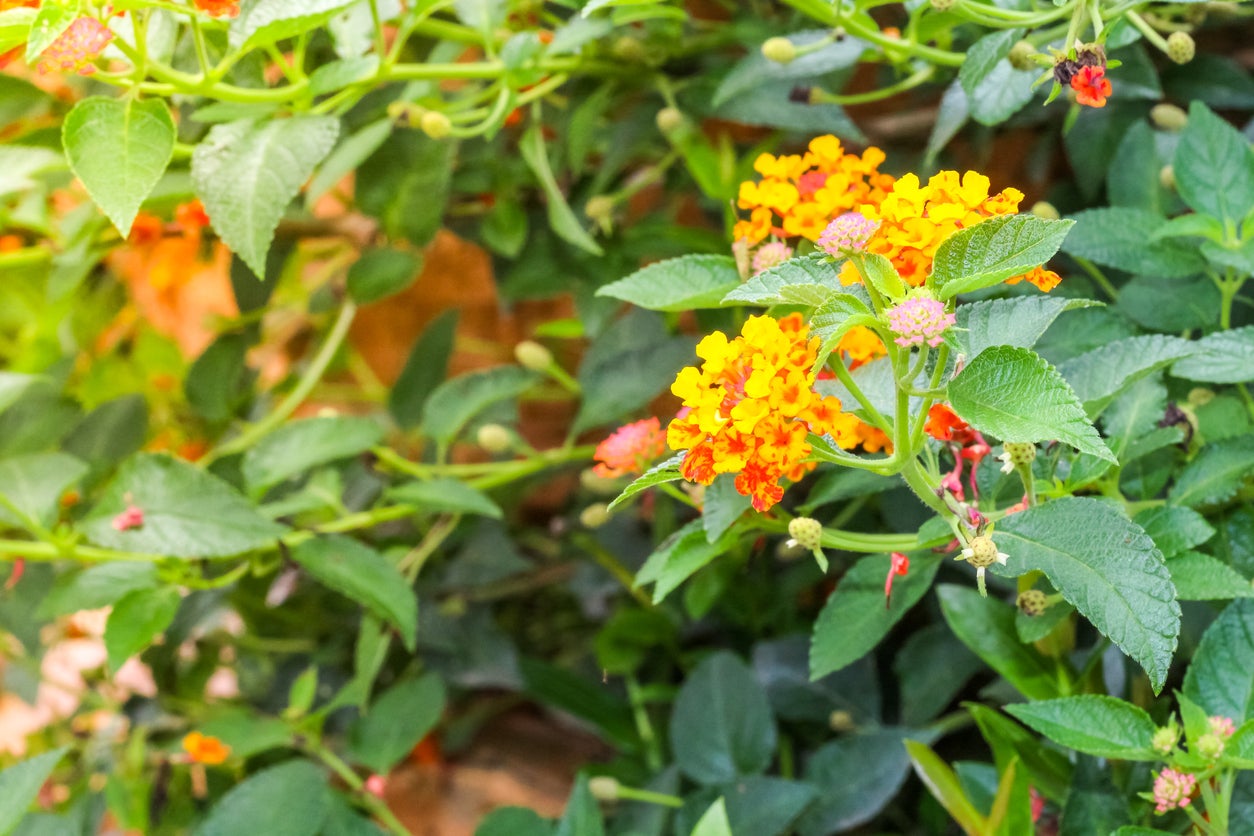 Controlling Lantana Weeds: Stopping Lantana Spread In The Garden
Controlling Lantana Weeds: Stopping Lantana Spread In The GardenIn some gardens, Lantana camara is a pretty, flowering plant that adds delicate, colorful blooms to flower beds. In other areas, though, this plant can be more of a pest. Find out ways for controlling lantana weeds in your yard by clicking this article.
By Mary Ellen Ellis
-
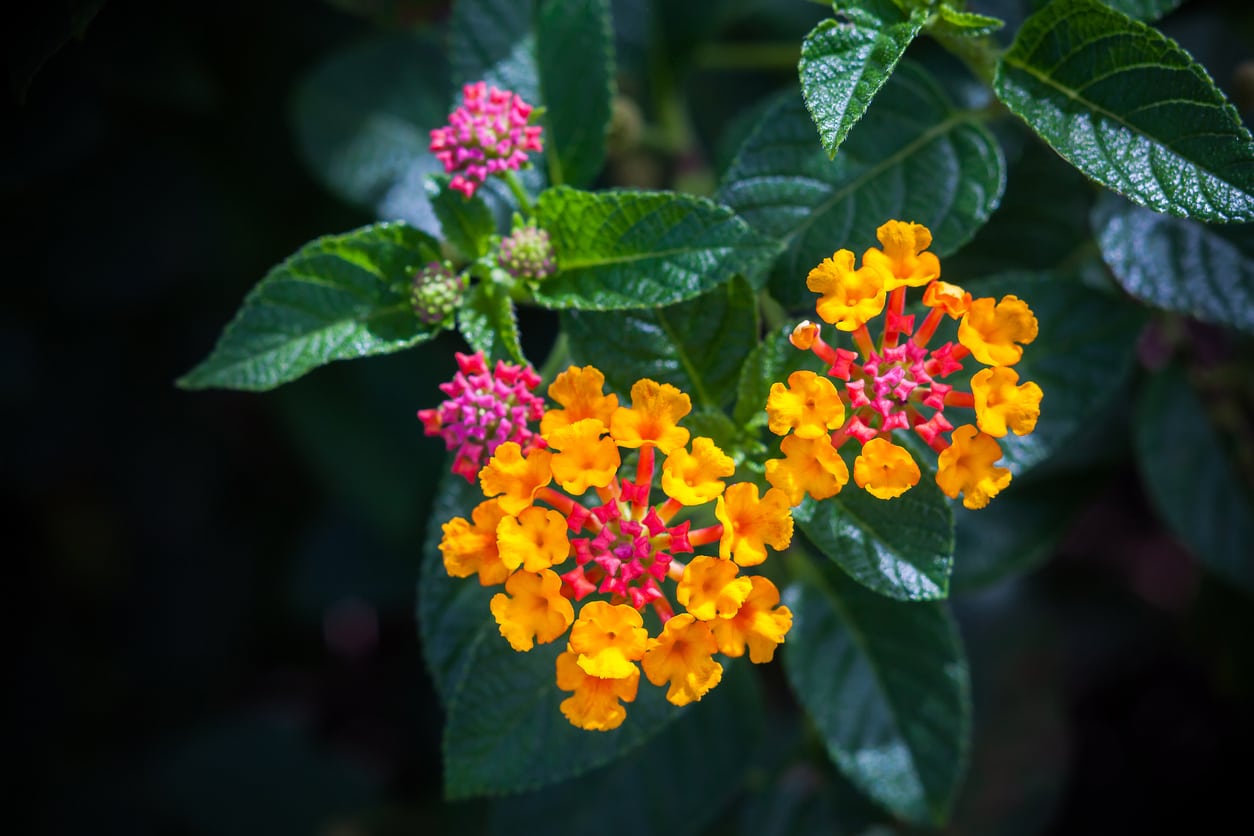 Can You Transplant Lantanas: Tips For Moving A Lantana Plant
Can You Transplant Lantanas: Tips For Moving A Lantana PlantIf you have a lantana that is struggling in its current location or has outgrown its space and is not playing nice with other plants, you may be searching for some tips on how to transplant lantana. This article will help get you started with that.
By Darcy Larum
-
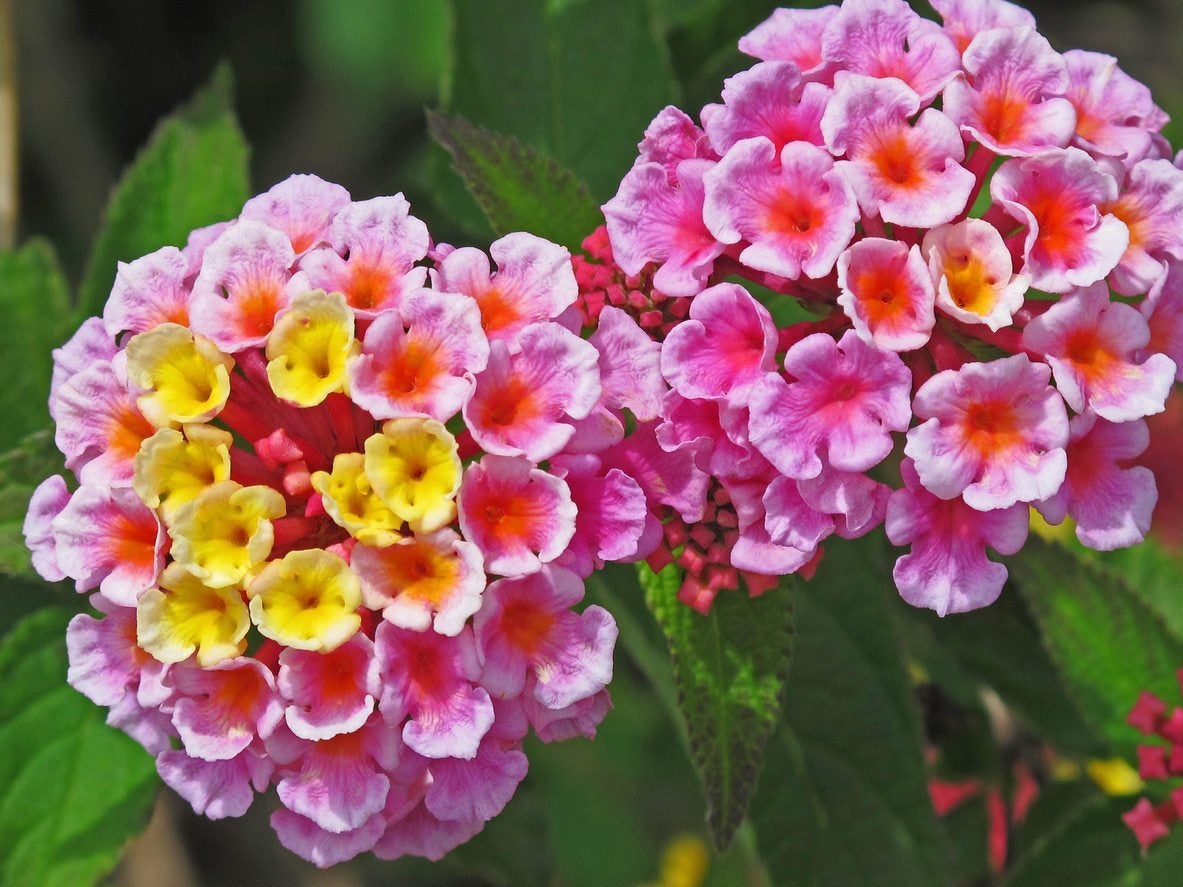 Color Changing Lantana Flowers – Why Do Lantana Flowers Change Color
Color Changing Lantana Flowers – Why Do Lantana Flowers Change ColorSince a lantana flower cluster has flowers of multiple ages, it will often display different colors in the center and on the edges. You can observe lantana flowers changing color in your garden as the season advances. Learn other reasons for color changing in this plant here.
By Ilana Goldowitz Jimenez
-
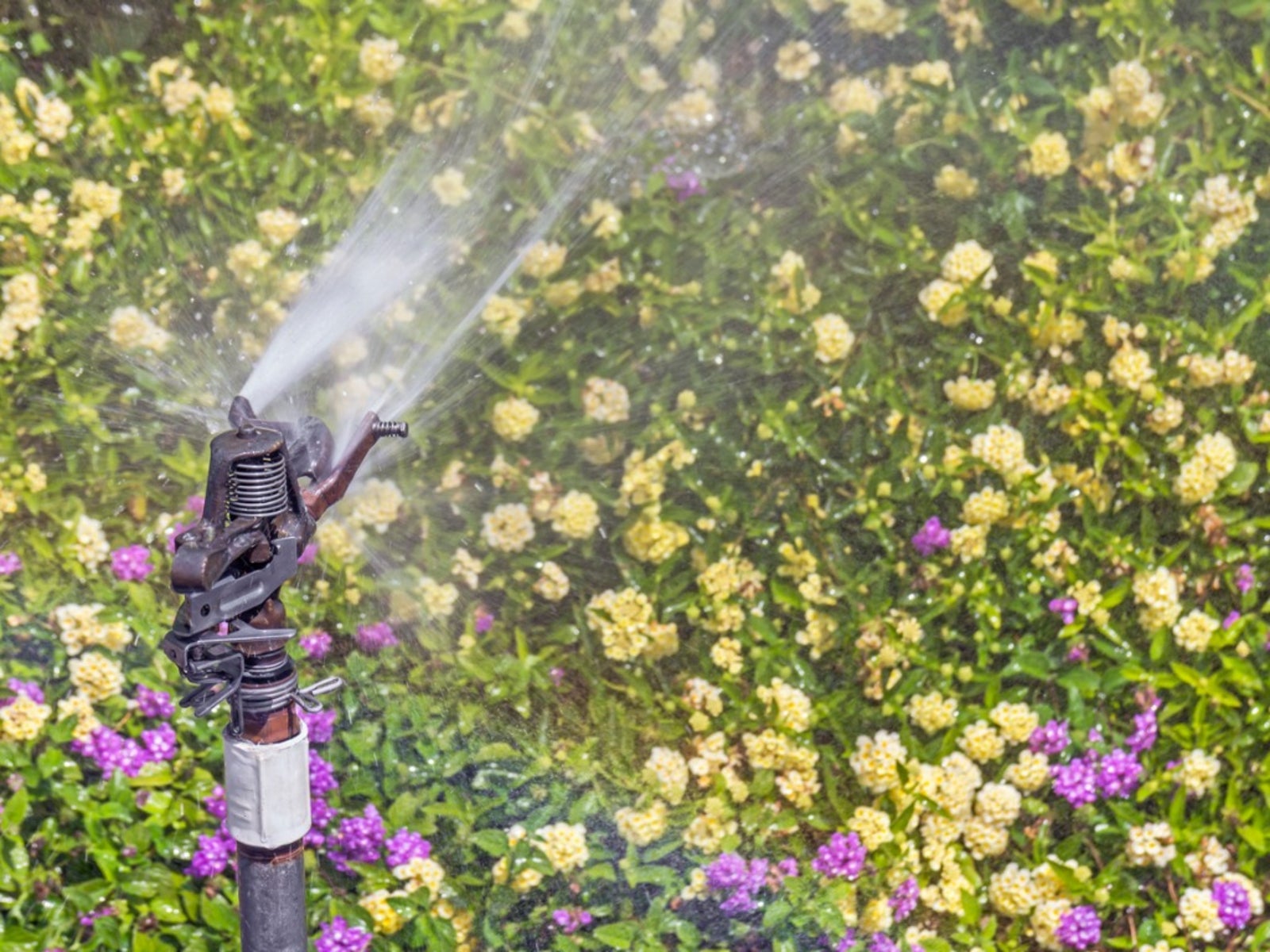 Lantana Watering Needs – Tips On Watering Lantana Plants
Lantana Watering Needs – Tips On Watering Lantana PlantsLantana can tolerate drought once established but the best development and flowering results from consistent watering. How much water do lantana plants need? We will discuss when to water lantanas for best growth and flower production in this article.
By Bonnie L. Grant
-
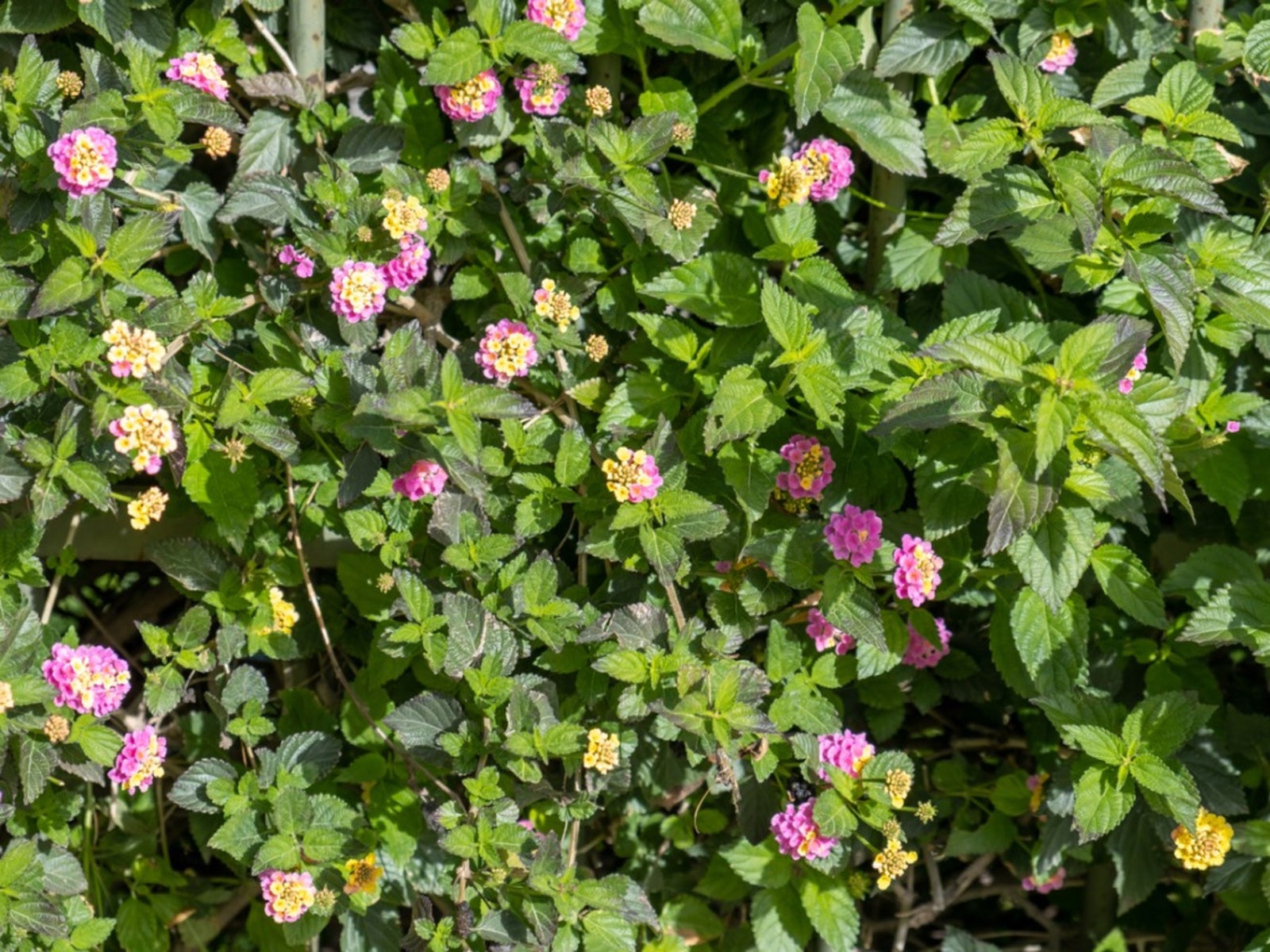 Lantana Leaf Yellowing – Treating Yellow Leaves On Lantana Plants
Lantana Leaf Yellowing – Treating Yellow Leaves On Lantana PlantsGardeners love lantana because of its brightly colored blossoms that attract butterflies and bloom from spring to frost. If you see your lantana plant turning yellow, it could be nothing or something serious. Click this article for more information.
By Teo Spengler
-
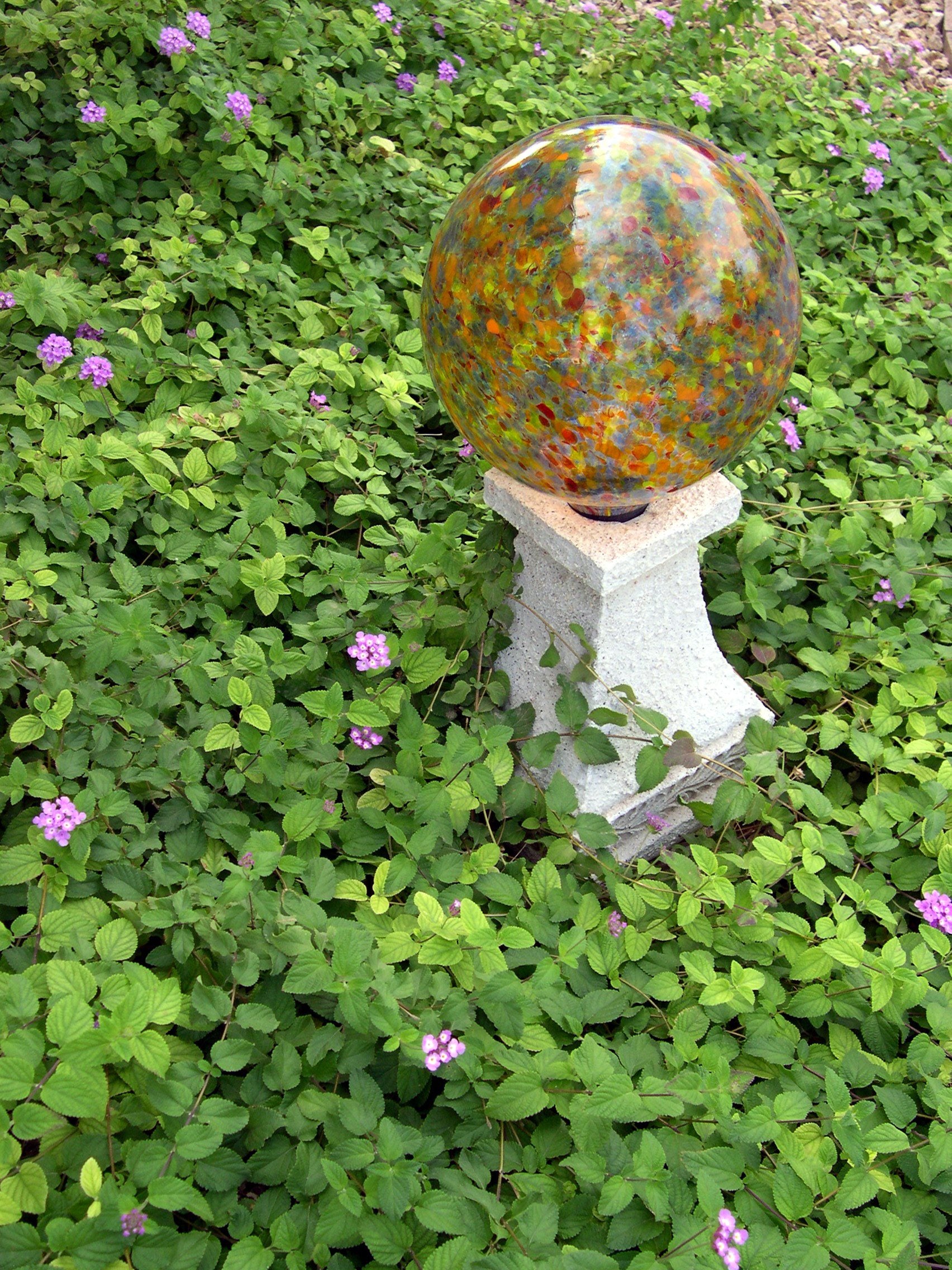 Lantana Groundcover Plants: Tips On Using Lantana As A Groundcover
Lantana Groundcover Plants: Tips On Using Lantana As A GroundcoverMost lantana plants reach heights of 3 to 5 feet (1 to 1.5 m.), so lantana as a ground cover doesn't sound very practical - or does it? If you live in USDA plant hardiness zone 9 or above, trailing lantana plants make wonderful year-round ground covers. Click here to learn more.
By Mary H. Dyer